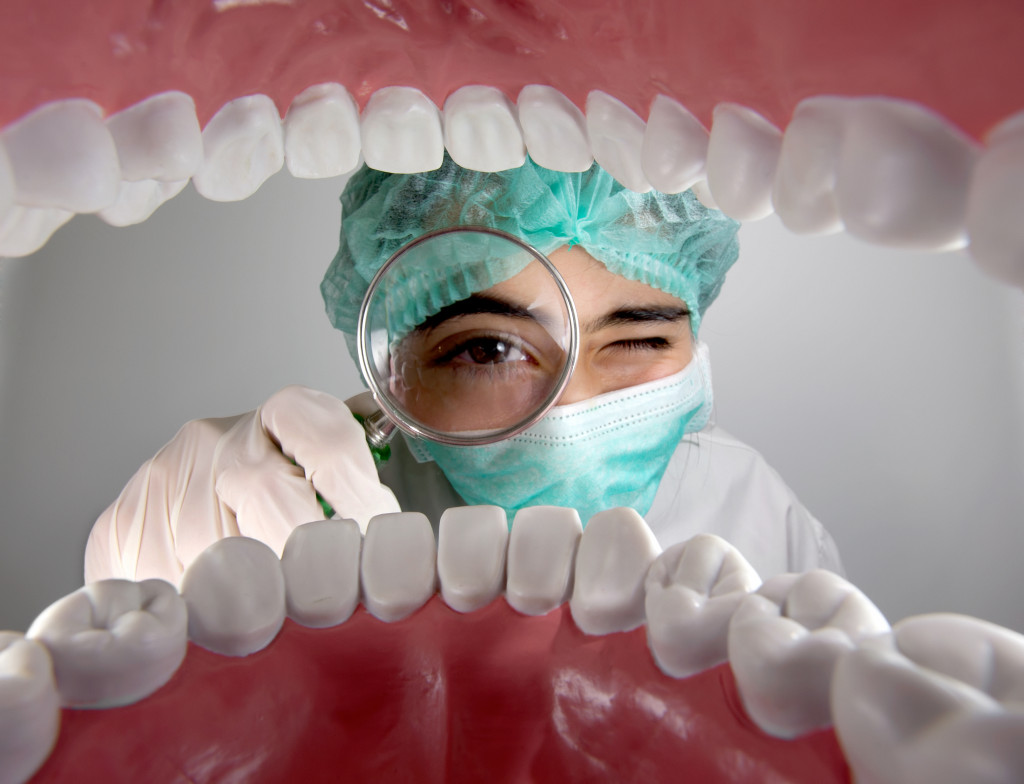There is a shortage of dentists across the United States. According to the data from December 2018, more than 62 million Americans live in “Dental Health Care Professional Shortage Areas,” with fewer than one dentist per 5,800 residents.
The U.S. Department of Health and Human Services estimates that an additional 10,800 dentists will be needed to meet the demand for dental health care across the nation. More dental offices need to be constructed to serve these communities.
However, the shortage is most felt in Native American communities. Native Americans are most likely to suffer from poor oral health compared to any population in the U.S.
Oral Health Epidemic Among Native Americans
Native American preschool-aged children had four times more cases of untreated tooth decay compared to children of Caucasian descent. About 43 percent of all Native American preschool-aged children have untreated tooth decay.
Among adults, the most common oral health problems are untreated tooth decay and gum disease. In 1999, about 68 percent of Native Americans between the ages of 35 and 44 had untreated tooth decay. For comparison, by 2011, the rate of tooth decay among all American adults was 27 percent. An additional 43 percent of Native American adults have had both untreated tooth decay and gum disease.
In Pine Ridge Reservation in South Dakota, which has one of the largest populations of Native Americans, 97 percent had untreated tooth decay while 68 percent had gum disease.
Although there have been improvements in recent years, there are still too many Native Americans who suffer from oral health conditions. From 2018 to 2019, one in six Native American children, or 52 percent, have dental caries, the disease that causes tooth decay. Meanwhile, untreated tooth decay went down to 33.7 percent among the population in the same year.
Yet, there are still gaps in care. There are still more Native American children who suffer from tooth decay than white kids.
Cost-effective Solutions

One solution that has been helping improve the situation is hiring a dental therapist, a new type of practitioner who can do simple procedures such as cleaning, filling, and extraction. These professionals do not get the extensive training that dentists undergo, but they can provide adequate care to patients.
Most importantly, they can aid in the prevention of oral health conditions because they can provide care before urgent and serious intervention is needed. Many dental therapists are deployed to tribal and rural health clinics, underserved facilities, correctional facilities, and other places with a lack of dental health professionals.
A person interested in becoming a dental therapist only needs to complete two years of rigorous training before deployment.
Long-term Solutions
To better address the situation, funding is needed. The nation needs to expand dental health programs and services to underserved communities. Providing affordable dental health care will encourage patients to see a dental health professional before their dental issues grow worse.
Many dentists do not accept publicly-funded health coverage because of low rates of reimbursement. People who cannot afford to pay out of pocket or pay for their own health insurance plan have no choice but to skip seeing a dentist for preventative treatment.
Cost is a problem, not just to Native Americans. A survey from 2017 found that 56 percent of middle-aged Americans cannot get dental care unless it is a serious dental problem. Experts in public health recommend that everyone see a dentist at least once a year, even if there is no urgent concern, for preventive treatment.
An information drive is also necessary to encourage families to bring their children to a dental health professional. For example, the Indian Health Service launched a program called “two is too late” in the past to remind parents to bring children to a clinic before they reach the age of two. Two in five two-year-old Native American children have experienced tooth decay. IHS has since moved to another message.
Moreover, the U.S. still needs to fill the still increasing demand for dental health practitioners. A few solutions have been suggested, such as giving scholarships to students who want to pursue dentistry and incentives to encourage them to serve in tribal and rural areas.
Most dentists open up shops in communities where there are more people to serve. The availability of dentists is centered in big cities and suburbs.
Dental health is important, but not everyone gets the care they need, especially those in tribal and rural areas. As a result, problems worsen, and the people suffer. More action is needed to be taken to address the significant problem of access to dental health care. This way, anyone who needs it may find the relief and solution they need.

